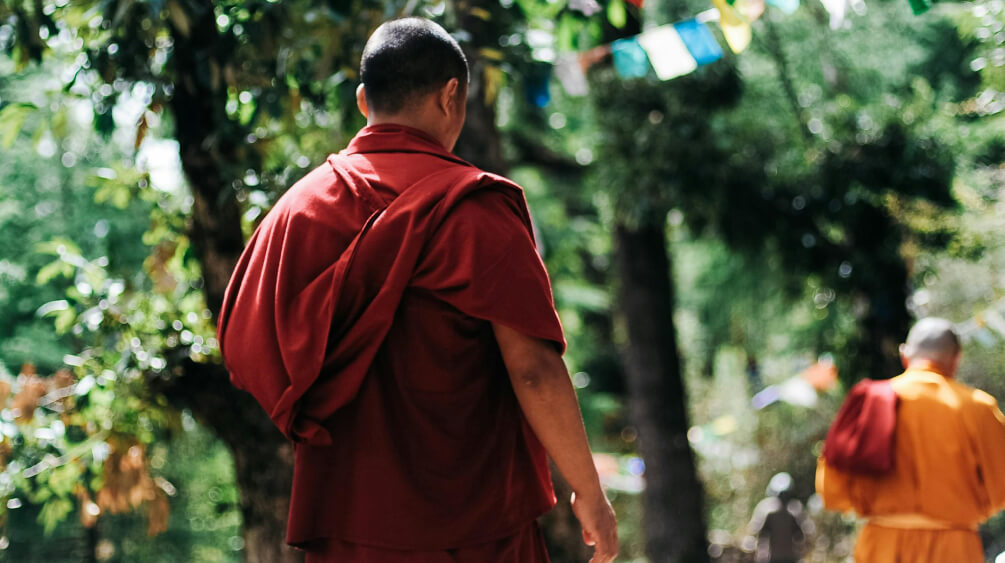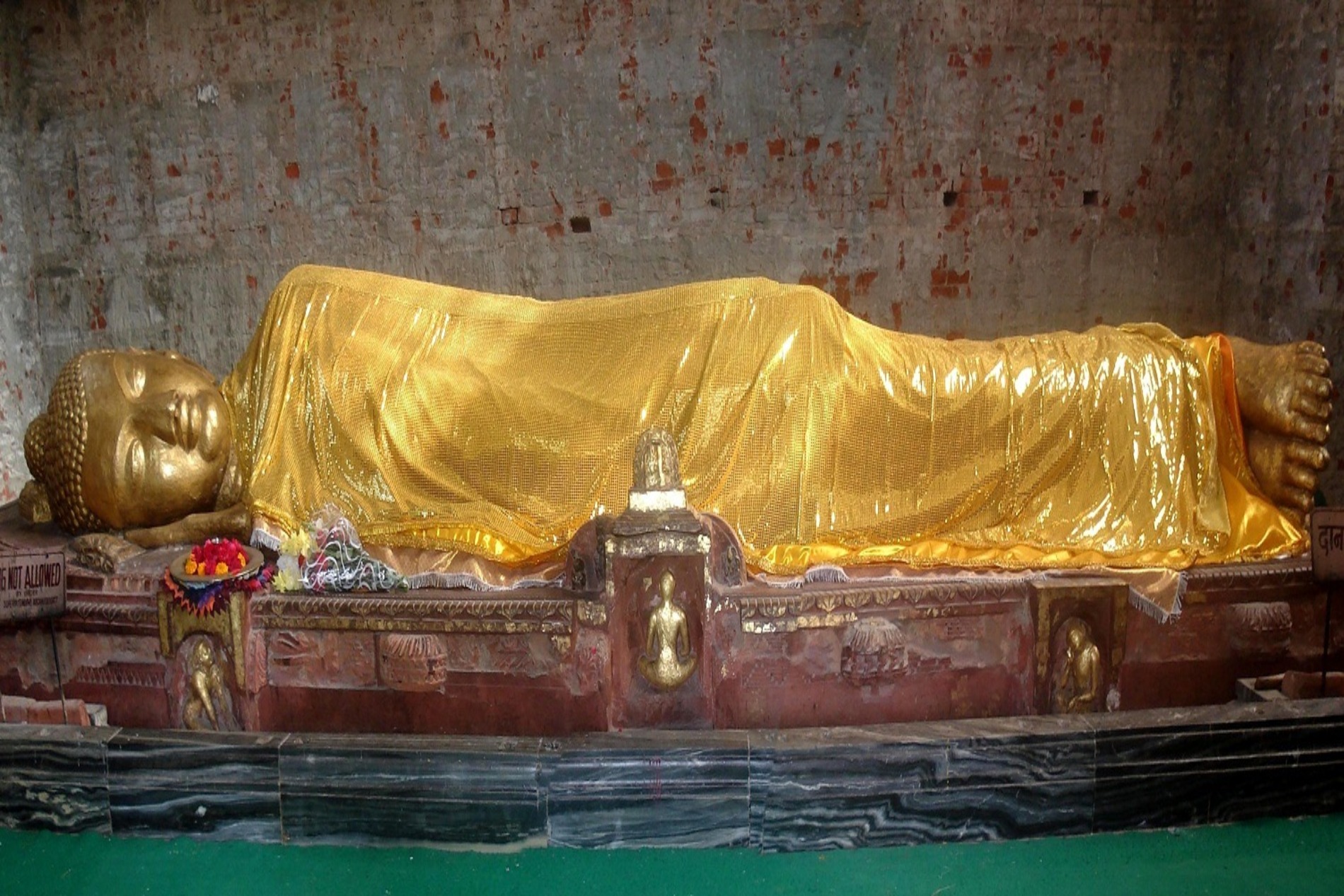
After The Buddha
All the Buddha’s powerful disciples like King Ajatshatru of Magadha and monks like Mahakashyapa gathered at Kushinagar. After the funeral everyone wanted some relic to take back to their kingdoms and finally the ashes were divided into eight and take by the Magadhan, Licchavi, Mallas and others and as the tradition was in those days, they built stupas over the relics. The ruins of stupas and the walls of monasteries lie scattered around the landscape.
As Kushinagar was part of the republic of the Mallas, they built a stupa at the site of the funeral pyre of the Buddha. Emperor Ashka built the Parinirvana Stupa here in the 3rd century BCE. In spite of its importance, somehow over the following centuries Kushinagar was forgotten and slipped off the map of Buddhist pilgrims. Both Fa Hian and Hsuan Tsang found the place in ruins. Kushinagar would once again get prominence in the 19th century when British archaeologists began excavations here. It has not been possible to locate the Ashokan stupa though some scholars feel it may be a mound called Ramabhar stupa.
Find Your Perfect Read
Explore More
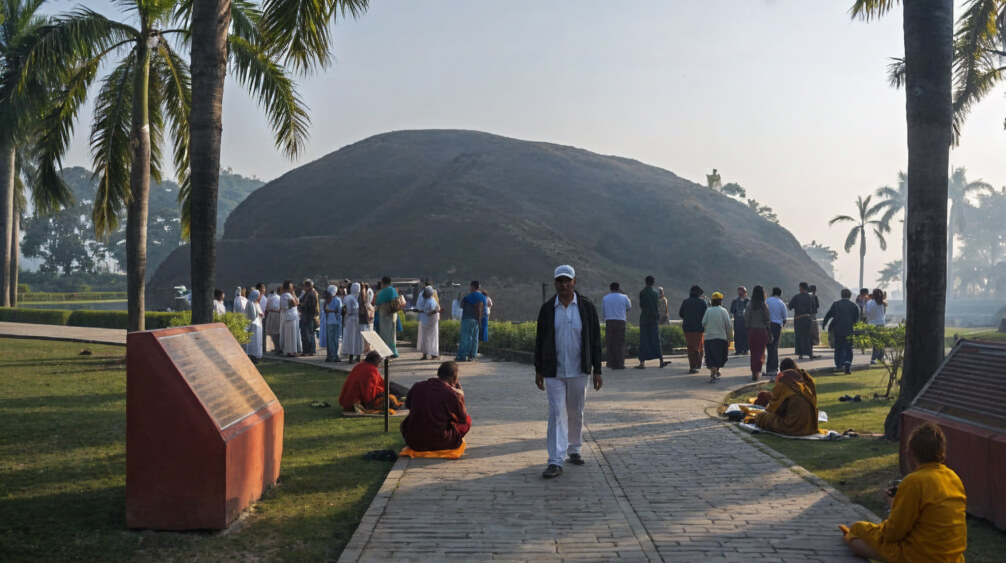
At Kushinagar
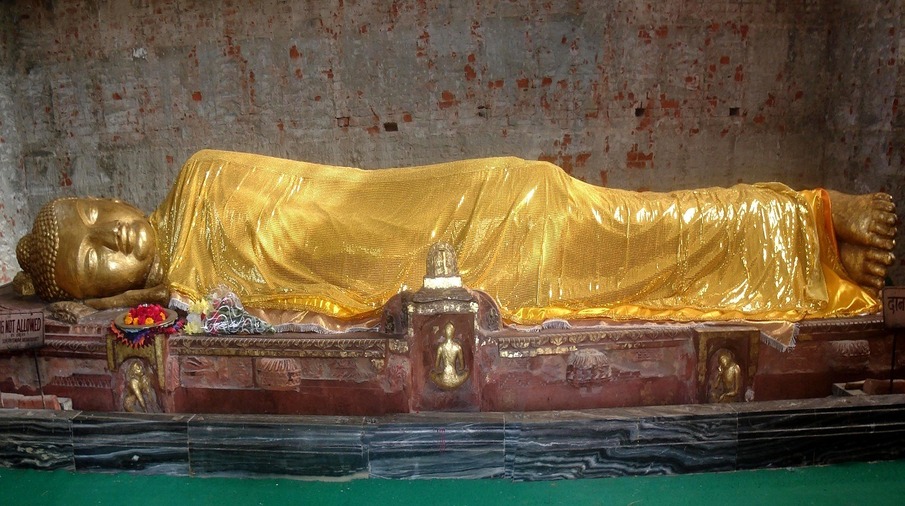
After The Buddha
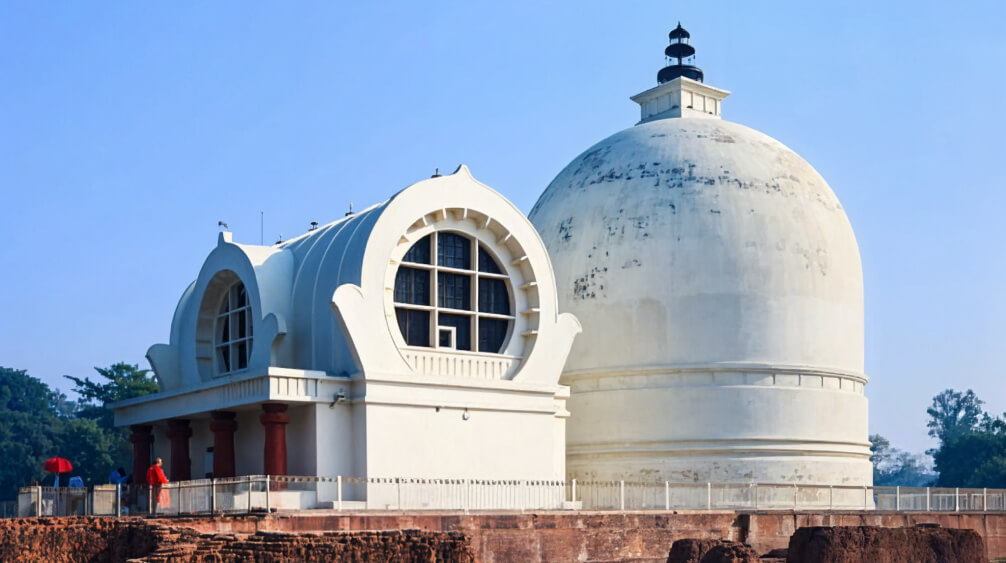
The Maha Parinirvana Temple
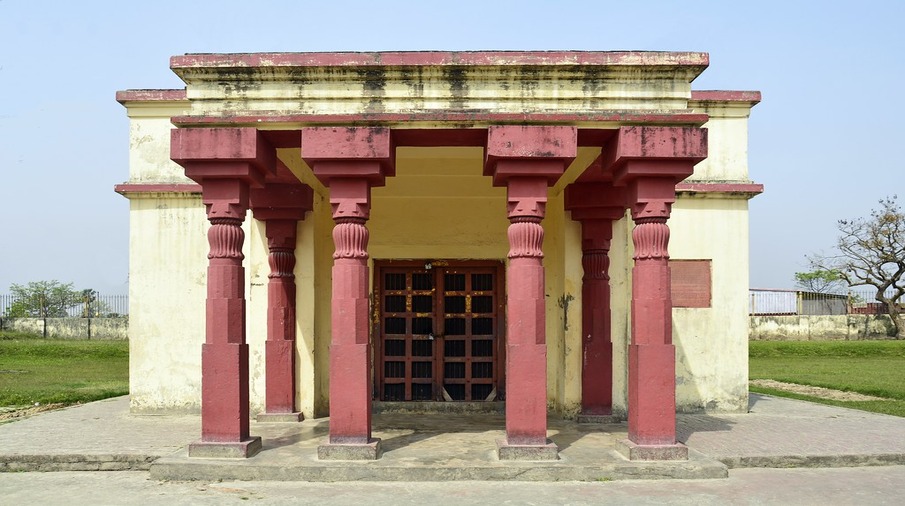
Mathakuar Temple & Monasteries
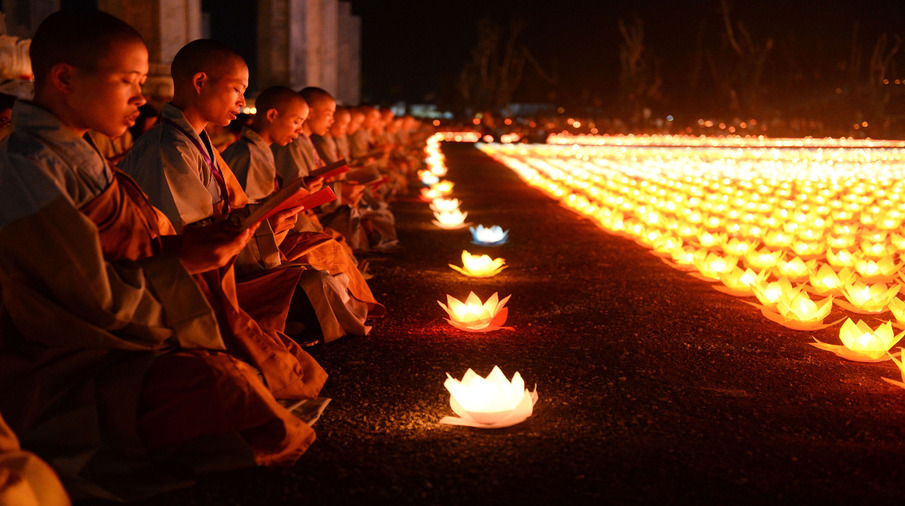
Festivals
